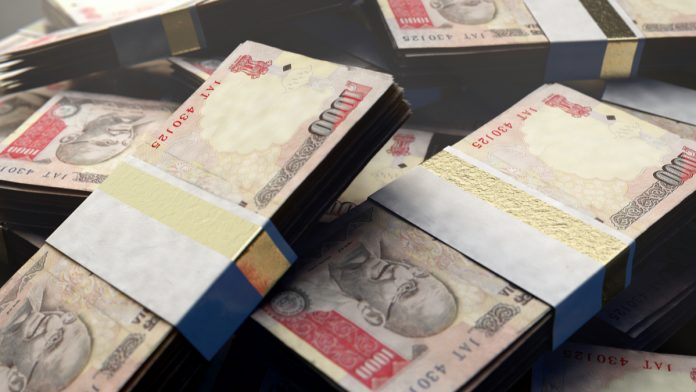- Indian Rupee (INR) heads highs after slight losses yesterday
- Indian equity markets fall, oil holds steady
- US Dollar (USD) trades broadly higher on safe haven flows
- Federal Reserve Powell & US Treasury Secretary to testify before Congress
The US Dollar Indian Rupee (USD/INR) exchange rate is trading mildly lower on Tuesday after booking slight gains in the previous session. The pair settled on Monday +0.04% at 73.57. At 12:15 UTC, USD/INR trades -0.12% at 73.47.
The Rupee was holding up on Tuesday despite a weaker domestic equities market. Domestic indices fell for a fourth straight day amid fears of the worsening coronavirus pandemic. Risk aversion dominated trade sending the Sensex 290 points lower and the Nifty 50 some 95 points lower.
Foreign Portfolio Investors wee net sellers adding pressure to the Rupee.
Oil prices held relatively steady after several sessions of downward pressure. The possible return of Libyan output and weak fuel demand expectations after the covid pandemic is has dragged on the price of Brent. However, with a storm brewing over the Gulf of Mexico, oil prices could start to rise amid production disruption.
Whilst covid cases are resurging across the globe, particularly in Europe, cases in India are starting to show signs of easing. 75,00 new daily cases were recorded over the last 24 hours, this is down significantly from the almost 100,000 new cases that were being recorded earlier this month.
The US Dollar is trading lower versus the Rupee. However, it is trading broadly higher versus its major peers on safe haven flows. The rising number of covid cases globally is unnerving investors, boosting risk aversion and demand for safe haven assets and currencies.
Attention will now turn towards Federal Reserve Jerome Powell and Treasury Secretary Steven Mnuchin who will testify before Congress committees. Powell and Mnuchin are expected to `add pressure on US lawmakers for additional fiscal stimulus.
The Democrats and Republicans have been in deadlock over additional rescue package measures since the $600 supplementary unemployment benefit expired in July. The inability of the two sides to agree to additional stimulus is adding to the downbeat mood in the market.





